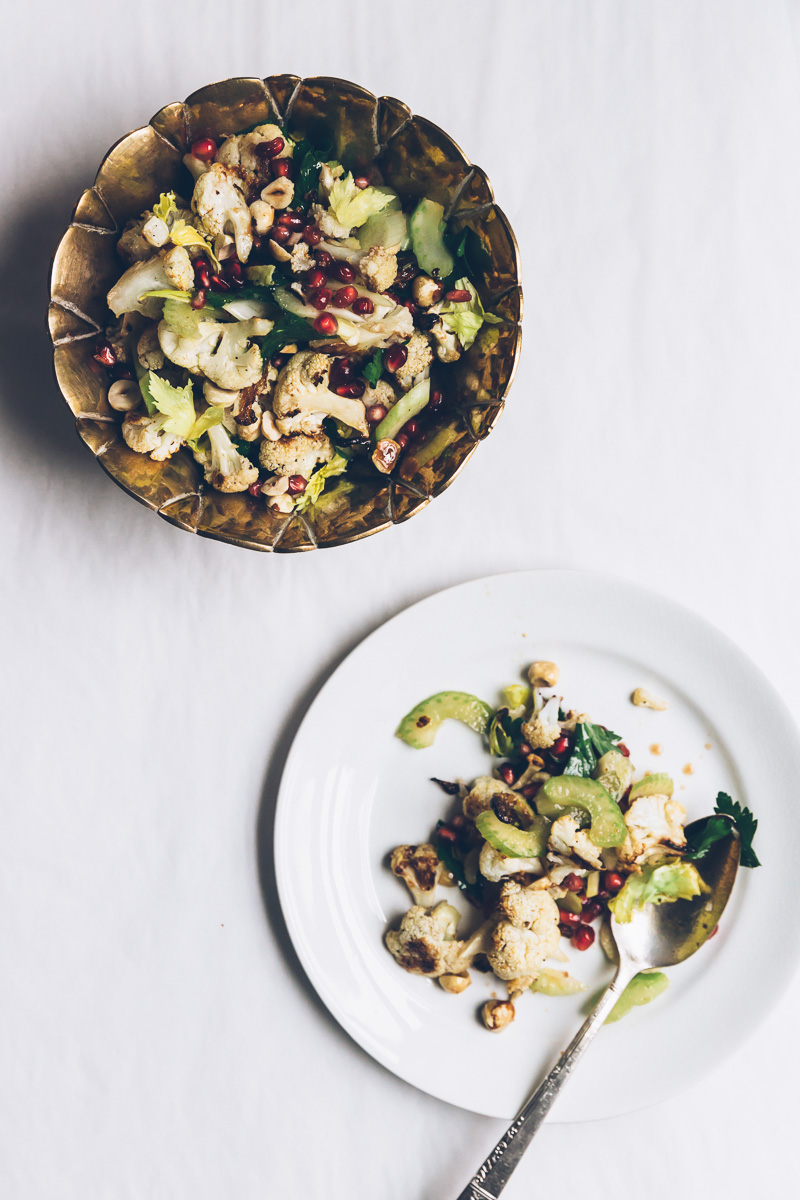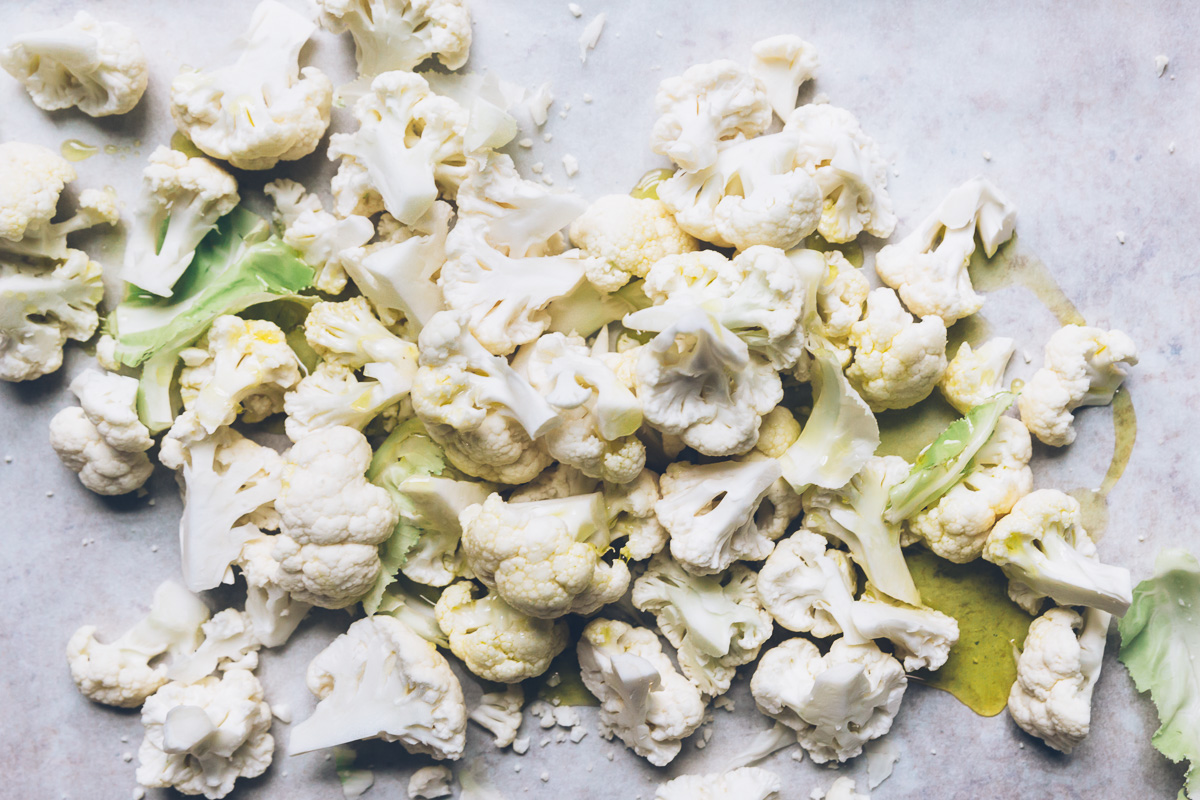Hello!
I landed in Glasgow a few hours ago and am now writing you from the the corner of a wood-paneled Scottish pub. I’ve crossed eight time zones on zero sleep--so I’m feeling simultaneously exhausted and hopped up--and I’m starting to wonder if chasing a huge coffee with a glass of red wine is as effective a jet lag cure as it seemed at the outset!
When I first arrive in a new city with no clue of how to get around or where to find a good meal or what to do with myself, I am beset by a panicky sense of dread. Right now, for example, I’m surrounded by gentlemen leafing through the local paper, sipping pints and speaking in a Glaswegian accent so thick I can barely make out what they’re saying. Not only do I feel like a crazy person from the jet lag, I feel completely out of my element.
But, I think getting outside my comfort zone is important.
I always come back with new ideas to incorporate into my Seattle life and new creative inspiration. Which is why I’ve been thinking a lot about how to incorporate a sense of exploration into my life even when I’m not traveling--how to experiment and take risks and step outside my comfort bubble at home.
Lately, I’ve been experimenting with my photography, trying out new techniques to figure out what I find most compelling. Just like traveling, shooting this week’s recipe was uncomfortable at first. I felt overwhelmed and unsure of which direction to go. But once I started trying out different color schemes and compositions and lighting, it started to flow and feel more like an adventure than a nerve-racking foray into uncharted territory.
It’s a good reminder that taking risks and venturing into the unknown keeps me growing and moving forward, even when I fear I’m sticking out like a sore American thumb and want to slink back to the hotel for a nap.
I’m heading to northern Scotland in a few days for my friend Natasha’s photography workshop. So I’ll be checking in with you next week from the Highlands. Until then, I hope you keep exploring--whether in your own living room or half-way around the globe.
Oil-Poached Salmon with Roasted Beets and Garlicky Cauliflower Puree
- 1 lb wild salmon (I used king)
- Good quality extra virgin olive oil (amount will vary depending on the size of your pan)
- 1 spring onion, halved lengthwise
- 2-3 sprigs each parsley, tarragon and dill (feel free to substitute other herbs)
- 4 1-inch strips lemon zest
- 1 recipe Garlicky Cauliflower Puree (see below)
- 1 recipe Roasted Beets (see below)
- 2 tablespoon roughly chopped dill, to serve
- 2 tablespoons finely sliced scallion (green part only), to serve
- 1 tablespoon, torn mint leaves, to serve
*Notes: This technique works well with any flaky fish. Cod and halibut are good choices if you prefer whitefish. Feel free to use whatever herbs you like.
Place the salmon in a single layer in a deep saucepan or saute pan. Cover with olive oil and add the spring onion, herbs and lemon zest. Cover and cook on low heat until the salmon is just cooked through. Times will vary significantly depending on the thickness of your salmon, so start checking after 15 minutes or so. Remove the salmon from the oil and transfer to a large plate or platter. Salt generously and set aside to cool. Strain the oil through a fine mesh sieve and discard the solids. (You can use the strained oil in the cauliflower puree and the roasted beets. Refrigerated, the oil will keep for a day or two. Freeze or discard any strained oil that you don’t use within this window.)
When you’re ready to serve, spread the cauliflower puree on a serving platter. Arrange the sliced beets and salmon over the puree. Sprinkle with salt and top with the dill, scallions and mint. Can be served warm or at room temperature.
Makes 4-6 servings.
Garlicky Cauliflower Puree
1 large head cauliflower (about 2 lbs.), cut into ½-inch pieces
1 cup blanched slivered almonds
Coarse sea salt
1-2 cloves garlic
2 teaspoons red wine vinegar
½ cup good quality extra virgin olive oil (can be the strained olive oil leftover from poaching the salmon)
Place the cauliflower and almonds in a stock pot and add ½ cup water. Bring the water to the boil over high heat. Reduce the heat to medium, cover and cook, stirring occasionally, until the cauliflower is very tender, 30-35 minutes. Remove the lid in the last 5 or so minutes of cooking to allow any water in the bottom of the pot to evaporate.
Transfer the cauliflower and almonds to a blender or food processor along with a generous pinch of salt, 1 clove of garlic and the red wine vinegar. Process on high speed, stopping to scrape down the sides as necessary, until very smooth. Taste and add the other garlic clove if your puree isn’t as garlicky as you’d like. With the motor running, drizzle the olive oil into the blender or food processor in a thin stream. Process until the oil is completely emulsified and the mixture is smooth. Taste and add more salt, if necessary. Set aside.
Makes 4-6 servings.
Roasted Beets
4-5 medium beets (1 to 1 ¼ lbs), greens removed
Olive oil, for drizzling
Coarse sea salt
1 cinnamon stick
1 teaspoon allspice berries
2 garlic cloves, peeled and smashed
1/2 cup water
2 tablespoons red wine vinegar, plus more to taste
Preheat your oven to 400°F.
Place the beets in a non-reactive baking dish. Drizzle with a little olive oil. Sprinkle with the salt. Place the cinnamon, allspice and garlic in the dish. Add the water and vinegar. Cover tightly with aluminum foil and roast for 45-60 minutes, until tender at the center when pierced with a paring knife. Set aside. Strain the cinnamon stick, allspice berries and garlic from the juices in the bottom of the baking dish. Discard the solids and keep the beet cooking liquid.
When the beets are cool enough to handle, remove the skins (use latex gloves or paper towels to avoid staining your hands) and cut into quarters or large dice. Place the cut beets in a non-reactive bowl and toss with their cooking liquid. Adjust seasonings, adding more red wine vinegar, salt and olive oil to taste.
Makes 4-6 servings.

























